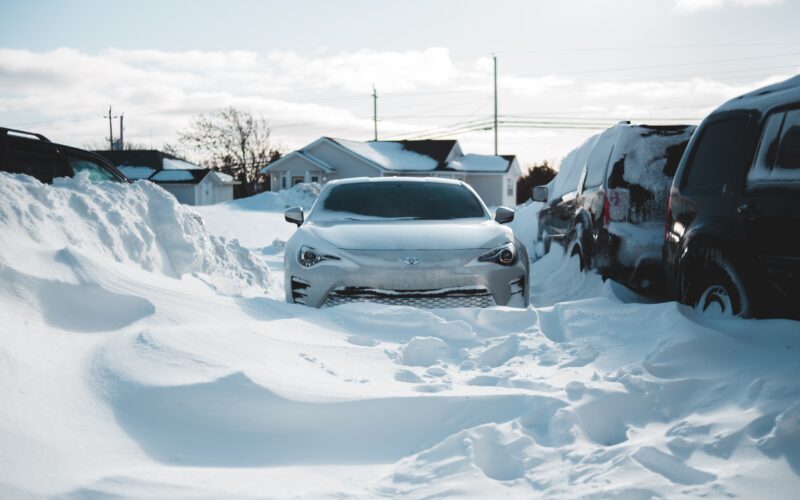Many car owners are convinced that a cold engine start in winter will harm the car or some of its components. In part, they are right, since when the engine is started, this unit and auxiliary units operate at peak load. And as the viscosity index of the lubricant becomes higher in a cold engine, the load on the equipment increases. Therefore, if you do not properly cold start the engine, the consequences will not be long in coming. Accordingly, it is recommended that the car spend the night in a warm garage, and not outside, or at least you need to take precautions before starting the engine at temperatures below -25 degrees.
Why a cold start of a car is dangerous for auxiliary equipment
This issue is being actively discussed among car owners, because not everyone has the opportunity to park the car in a warm room. There is even gossip that at ambient temperature, one cold start of the engine is equal to a mileage of 100,000 kilometers or more, but they have not been confirmed by any research. Although, even without any tests, it is obvious that there is an accelerated wear of some components.
How does the cold start of the car affect the resource of the starter
For several reasons, during a cold start, the starter is the first to suffer:
The thickened oil makes it difficult to rotate the crankshaft.
The battery uses more energy to start the engine.
Gasoline evaporates more slowly and is less flammable.
The viscosity of diesel fuel increases and it is more difficult for it to seep into the combustion chamber.All this together leads to the fact that a cold start of a car negatively affects the resource of the starter. Due to the increased energy consumption and unbearable load, the probability of insulation breakdown between the windings or their complete failure increases.
Starting a cold engine and harm to the battery
At low temperatures, the battery capacity decreases, it can completely sit down, since starting a cold engine requires more current. As mentioned above, the starter requires more energy to crank the crankshaft in the thickened grease. Therefore, the battery works for wear and tear, giving all its resources to start the engine, which negatively affects its service life. To avoid this, it is recommended to remove the battery and bring it into a warm room, so that the engine start at minus 30 is carried out with the full capacity of the battery, which does not so adversely affect its resource and increases the capabilities of the starter.
Engine wear during cold start
As for the power unit itself, a reduction in its resource due to frequent cold starts contributes to more expensive repairs than replacing the starter and battery. The problem is that at negative temperatures, all components lose volume, and the gap between the parts increases slightly. Therefore, a cold start of the car helps to reduce compression, as more fuel goes into the crankcase between the piston rings and cylinder walls. Increased fuel consumption is not as terrible as its consequences, because the more gasoline or diesel fuel gets into the engine oil, the faster the lubricant loses its properties. Therefore, if the engine is cold started frequently, wear is guaranteed on the following parts:
crankshaft journals;
main and connecting rod bearings;
support bearings of the crankshaft.All these parts are lubricated with engine oil, and if it loses its properties, the wear of these components is accelerated. It should also be said about the oil, because often a cold start of the engine leads to depressurization of the sump. This is due to the fact that at temperatures below -25 the rubber pads lose their elasticity and become stiff. A started motor heats up quickly, and due to a sharp temperature drop, microcracks appear in the gaskets, opening the way out for the lubricant. Therefore, starting the engine in cold weather, when it is below -25 outside, is not recommended without preheating the oil pan.
How to make cold start safe
Above, we examined a cold start of the engine, what it is and what the consequences of this can be. The best way to avoid such problems is to avoid starting a cold engine. To do this, you can do the following:
insulate the engine with the hood;
stock up on a starting-charger;
install devices for heating engine oil and fuel system;
equip the engine with an autonomous heater.All this, of course, requires financial costs, but you do not have to perform a cold start of the engine and repair the power unit ahead of time. Sometimes it is even more expedient from the financial point of view, despite the high cost of equipment for autonomous engine heating. It is possible to reduce engine wear during cold start by taking care of this need in advance.
